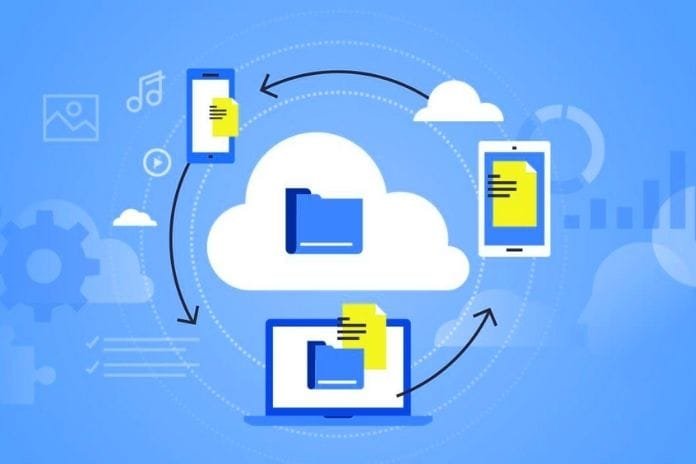The Cloud – Headquarters Of The Data

The user knows that his data is in the data cloud. However, this raises the question: Where exactly does the respective provider store the data entrusted to him?
Some service providers claim that the location of the records cannot be physically pinpointed. However, this is not possible due to the nature of digital data. Each form has a precise physical location in server tower x on disk y in partition z. As a rule, data is stored centrally in our own or third-party servers or data centers. These are more or less large rooms where computers are placed next to computers.
To avoid internal system failures and other technical complications, the information provided is distributed bit by bit to different devices and hard drives. In addition, each record is saved twice. In this way, it can be reconstructed more easily if one of the devices fails. More significant amounts of data are often processed using clustering. The arithmetic operations are not carried out by a central computer but are distributed directly to different computers. If one unit fails, you can switch instantly to another device without the customer even noticing.
The Cloud: New Physical Limits, Infinite Possibilities
In principle, any device connected to the Internet can communicate with a cloud. Protected by access data, the external data cloud and all information stored can be accessed from anywhere after entering this, regardless of whether it is customer information, important documents or media content.
In the past, everything had to be transferred to another device via storage medium or cable to take it with you. Only the cloud enables uncomplicated access to all required data – at any location – via the Internet. Reaching for the mobile phone to look at the calendar, in which an appointment had previously been entered on the laptop. Continue working on a document on the train home so that you can then quickly forward it on. On-demand films and series can be accessed via WLAN from your cloud or the provider. If playback is stopped, the film continues to run on another device at a different point in time. Photos with friends and relatives can be viewed spontaneously on another computer.
The variety provided is impressive. Many companies are already using cloud computing technology as an integral part of planning, creating and ultimately delivering their offerings to the end-user.
A Cost-Benefit Analysis Of The Cloud
Manually updating in-house systems and software is slow and cumbersome. Creating many new company email addresses or making updates can take weeks. The cloud giants promise a clear cloud advantage in developing software, updates and infrastructure: a central system that is programmed for all users simultaneously and optimized hand in hand with the hardware. The creation of new company addresses can be realized promptly. The software and hardware are updated automatically every hour. This is just a fraction of the possibilities cloud computing offers. Providers promise maximum performance and speed. In addition, the software in the cloud is permanently available due to constant updating.
The cost factor of a cloud can, under certain circumstances, beat the operation of your hardware by far. The public cloud options in particular, which do not incur any costs for software licenses, save money. More minor data and simple application programs are sometimes offered free of charge or financed with advertising revenue. Ideally, fee-based variants consist of basic tariff and variable expansion packages. The cloud services are usually updated at no extra charge, and the cloud pays for itself in no time at all. Management and cost transparency enables companies to make long-term calculations and security with cloud providers.
Efficiency Solution With Potential
In general, cloud computing is a multi-tool that is used in a variety of areas. Cloud computing forms an overall solution in data management, from email to office systems to the company’s reproduction of a complete IT landscape. It supports private individuals and companies with various requirements daily.
The Internet distributes streams of data across servers around the world, which perform billions of complex calculations simultaneously. Customer and company data are easily accessible and retrievable from any location in large files. They are prepared with almost unlimited scalability and storage capacity, practical tools and approaches in the age of digital change.
Often not only details are taken over, but the entire process. The service provider maintains the software and hardware, makes the premises available and takes care of the security of its systems. In both a physical and digital sense, he is responsible for complying with and implementing new data protection guidelines. There is no longer any need to keep your own IT up to date or have your own costly and maintenance-intensive devices and rooms. You only pay for the volume that is used. This enables new, undreamt-of flexibility, which also affects productivity in the company.
Also Read: How Is Our Data Secure In The Cloud?


